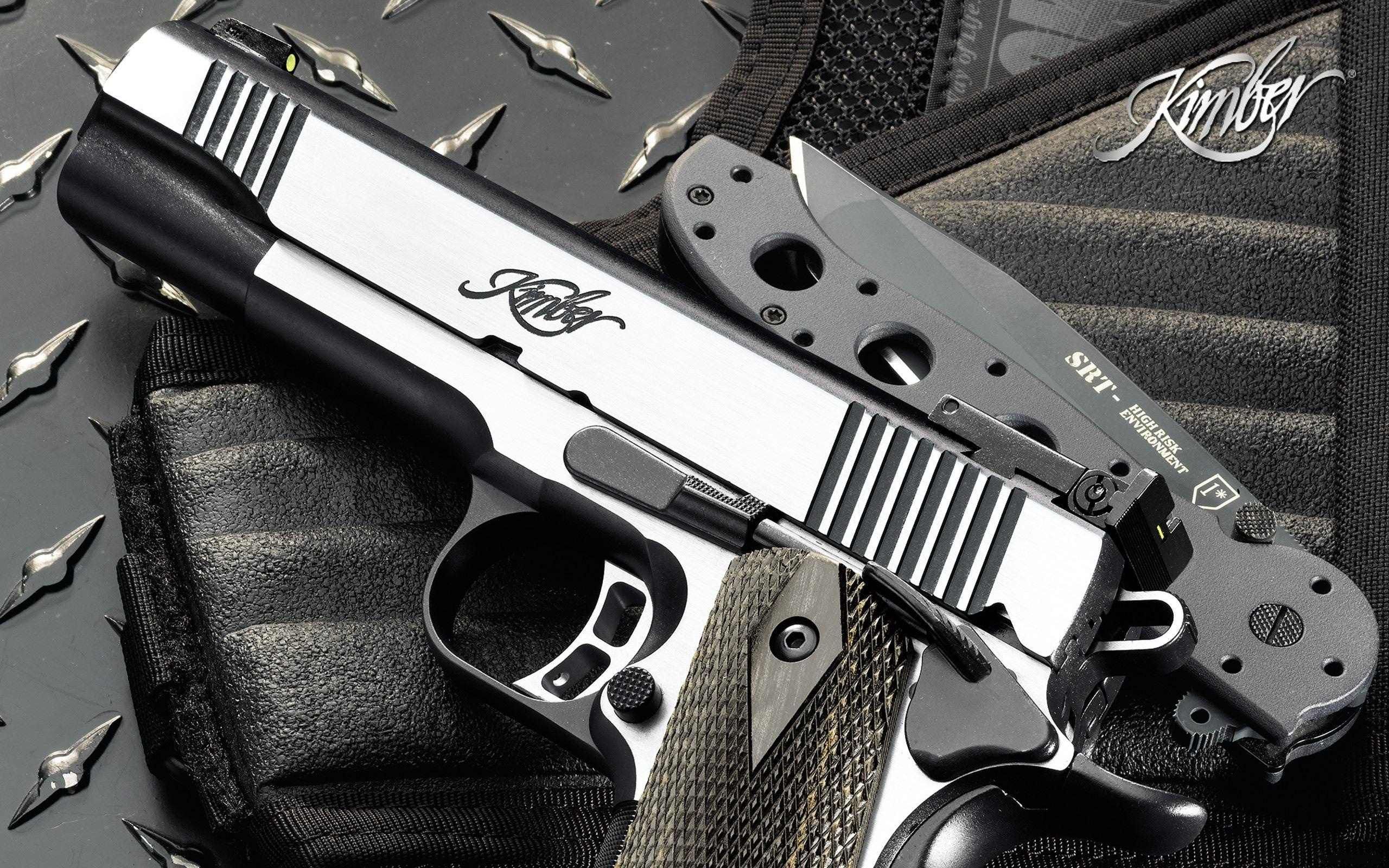When it comes to the world of firearms, there is a fascination and intrigue that captures the attention of many. From movies and video games to historically significant events, firearms have played a significant role in shaping our society. Whether it’s the power they possess or the controversy that surrounds them, the topic of firearms elicits strong emotions and opinions. In this article, we will dive into the realm of ammunition and firearms, exploring their history, mechanics, and impact on cultures worldwide. So, let’s unlock the intricacies of firearms and uncover the fascinating world they inhabit.
Types of Ammunition
Ammunition is a crucial component of firearms, providing the necessary power and force for these weapons to function. There are various types of ammunition available for firearms, each designed for different purposes and applications. From small handguns to powerful rifles, here are some common types of ammunition used in the world of firearms.
Rimfire Ammunition:
Rimfire ammunition is a popular choice for small-caliber firearms. This type of ammunition features a primer located in the rim of the cartridge base, which is struck by the firearm’s firing pin. Rimfire cartridges are commonly used in handguns and rifles for recreational shooting or small game hunting.Centerfire Ammunition:
Centerfire ammunition is a widely utilized type of ammunition for a range of firearms, including handguns, rifles, and shotguns. Unlike rimfire ammunition, centerfire cartridges have a primer located in the center of the cartridge base. This ignition system allows for greater power and reliability, making centerfire ammunition suitable for various purposes such as self-defense, hunting, and target shooting.Shotgun Shells:
Shotgun shells are specifically designed for shotguns, which are firearms with a smooth bore barrel. These shells come in various sizes and types, typically containing multiple projectiles called "shot." Shotgun shells are used for hunting birds, clay target shooting, and other applications where a wider spread of projectiles is desired.
The world of firearms relies on different types of ammunition to meet the needs of various firearm enthusiasts, hunters, and professionals. Understanding the differences between rimfire and centerfire ammunition, as well as the unique characteristics of shotgun shells, is essential for anyone looking to explore and uncover the fascinating realm of firearms.
Different Types of Firearms
In the world of firearms, there exists a wide range of different types that cater to various needs and uses. Whether it’s for self-defense, sport shooting, or military operations, there is a firearm designed for every purpose.
Handguns: Handguns, also known as pistols, are firearms designed to be held and operated with one hand. They come in different forms such as revolvers and semi-automatic pistols. Revolvers have a rotating cylinder that holds ammunition, while semi-automatic pistols feature a magazine that holds rounds and uses the energy from fired shots to reload the next round.
Rifles: Rifles are firearms with a longer barrel, which improves accuracy and range. They are popular among hunters, sport shooters, and military personnel. Bolt-action rifles require manual cycling of the bolt after each shot, while semi-automatic rifles can fire multiple rounds with a single pull of the trigger.
Shotguns: Shotguns are firearms that are specially designed to discharge a large number of small projectiles, known as shot, with each shot. They are commonly used for hunting, clay shooting, and home defense. Shotguns come in various types, including pump-action, break-action, and semi-automatic, each offering its own advantages and characteristics.
Each type of firearm mentioned here serves a different purpose and has its own unique features, making them suitable for various situations. It’s essential to choose a firearm carefully, considering factors such as intended use, personal comfort, and safety considerations. By understanding the different types of firearms available, one can make a well-informed decision that aligns with their needs and preferences.
Safety Measures for Handling Firearms
When it comes to handling firearms, safety should always be the utmost priority. Proper education and understanding of the necessary safety measures are crucial to preventing accidents and ensuring the well-being of everyone involved. Here are three essential safety guidelines to follow when dealing with firearms.
Familiarize Yourself with the Weapon: Before handling any firearm, take the time to familiarize yourself with its components, features, and functions. Read the user manual provided by the manufacturer and seek guidance from knowledgeable individuals. Understanding how the firearm operates will help reduce the risk of accidental discharges or mishandling.
Always Assume a Firearm is Loaded: Treat every firearm as if it is loaded, even if you believe it to be empty. This rule ensures that you maintain a high level of respect and caution when handling firearms. Never point a weapon at anything you do not intend to shoot and keep your finger off the trigger until you are ready to fire.
Store Firearms Securely: Proper storage of firearms is essential to prevent unauthorized access and reduce the potential for accidents. Keep firearms unloaded and locked away in a secure location such as a gun safe or lockbox. Ammunition should be stored separately from firearms in a locked container, inaccessible to children or unauthorized individuals.
Gun Store
Remember, these safety measures are just the foundation of responsible firearm handling. It is always advisable to seek professional training and guidance from qualified instructors to further enhance your knowledge and skills in firearm safety. Safeguarding oneself and others is an ongoing responsibility for all firearm owners and enthusiasts.





